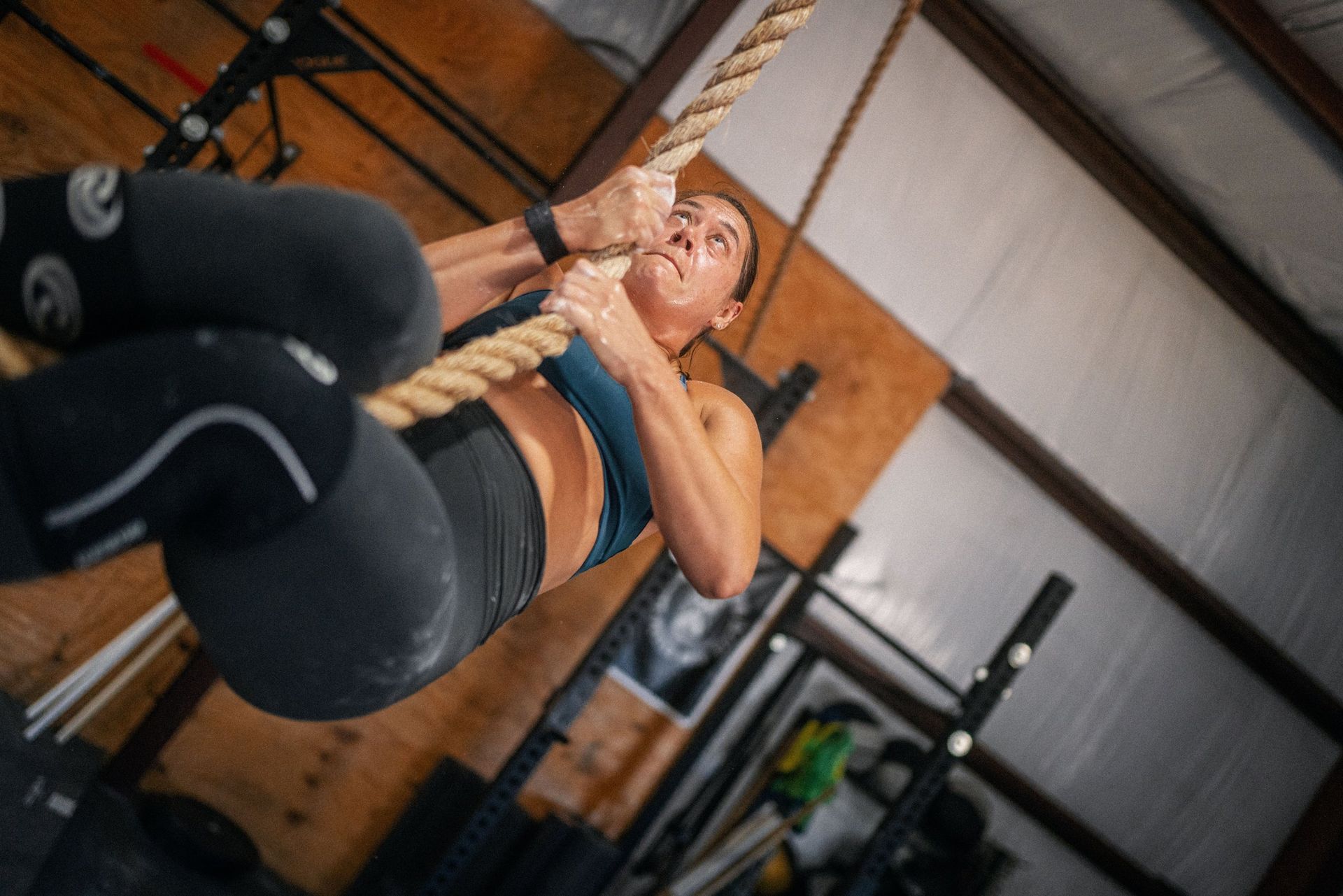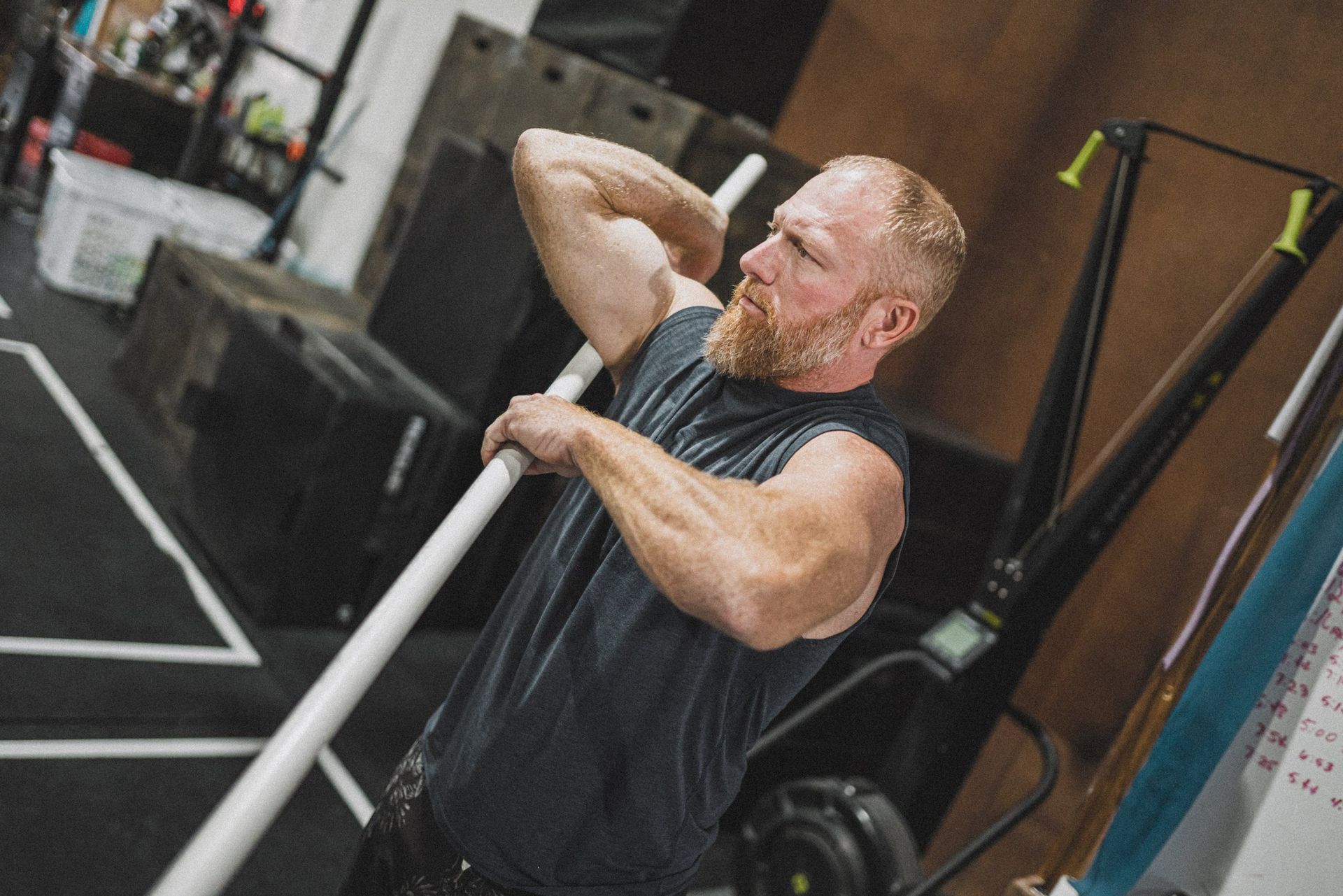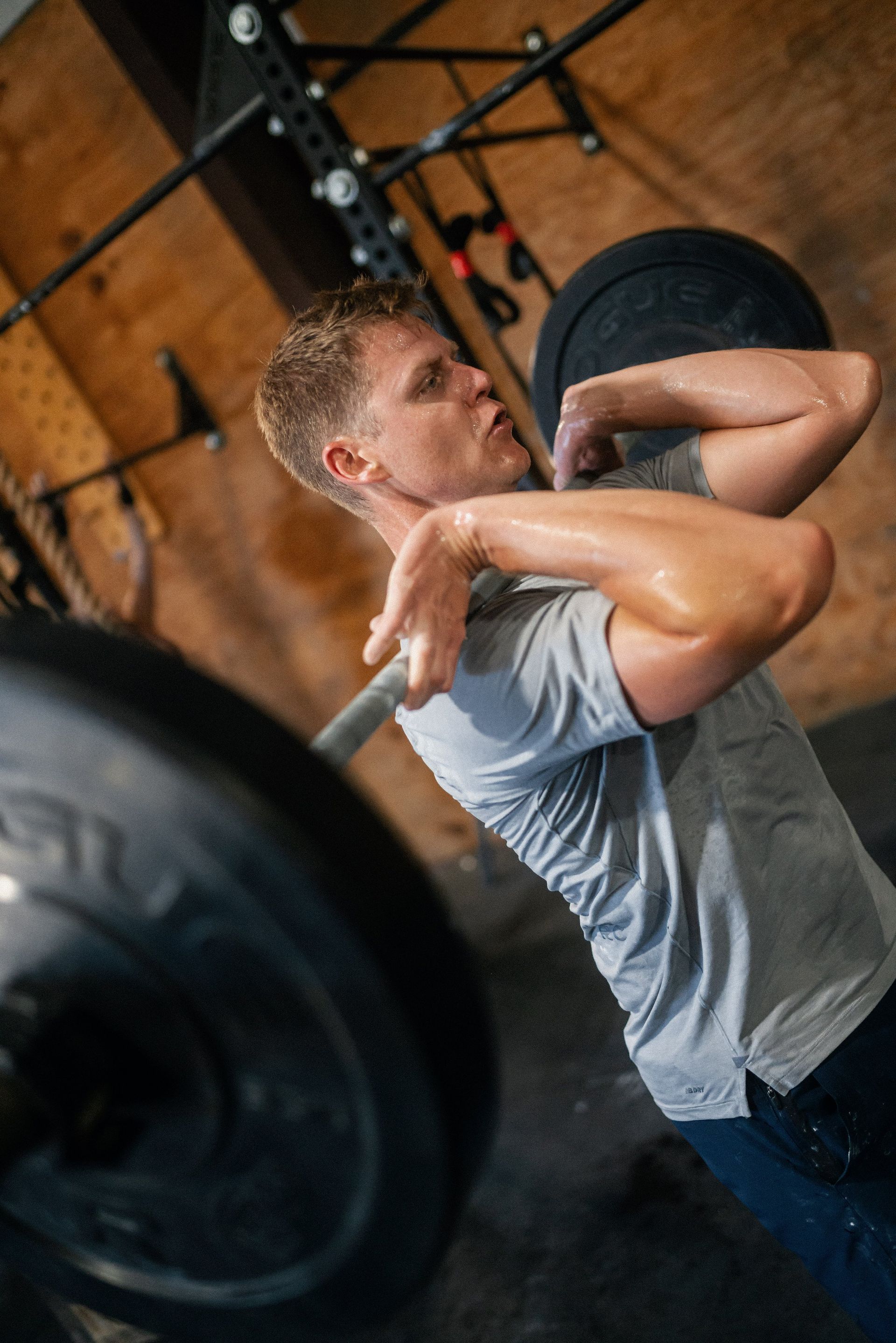The Best Shape of My Life
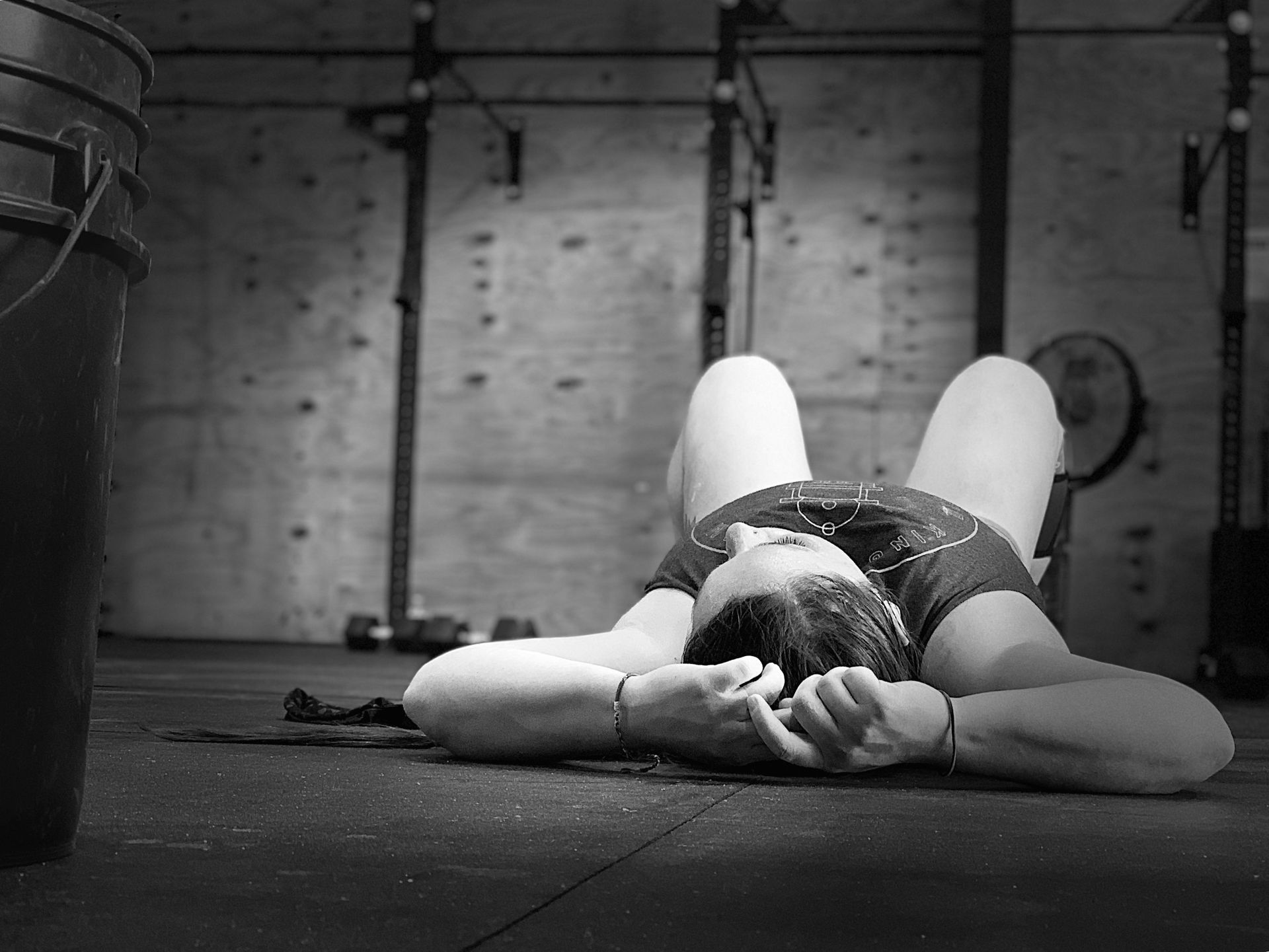
Here you’ll find the formula to get in the best shape of your life. And stay there.
There is a beauty to the simple brilliance of the CrossFit protocol. It raises the bar on what fitness means and is arrogant in its expectations of what the human body can achieve at any age.
Does fitness mean to be a good gymnast or a good weight lifter? CrossFit would say both. Does fitness mean having a high level of endurance or being very strong? CrossFit would say both, again.
I have noticed an interesting life cycle that I and a lot of other CrossFitters have gone through. It goes something like this: you discover CrossFit, it kicks your ass, and you fall in love. After that, you decide just getting your ass kicked isn’t enough, you want to be good at CrossFit (and you get impatient). You then decide you need a massive, cumbersome, all encompassing program where you work on olympic lifting for an hour, gymnastics for an hour, and work your engine for an hour. This may be done in one marathon session or in many sessions over the course of the day.
Do you get better? Sometimes, yes. Do you get three times better at three times the pace than you would have if you had just continued with doing class at your home CrossFit Box? Hmmm…. Does your body start to age in dog years and your joints ache continually? Hmmmm….
The most unfortunate part to this is that I have seen this familiar story play out with many people who loved CrossFit and the sad ending is that they burn out and end up not even being involved with CrossFit after a few years.
The true goal of CrossFit is longevity. Work to be a badass 83 year old who is still chasing the ladies around the gym and chasing the grandkids around the backyard.
My point is that more is not better. You don’t need to reinvent the wheel. The wheel has already been invented. CrossFit IS “Constantly Varied Functional Movements Executed at High Intensity. ” It is NOT, “Constantly Varied Functional Movements Executed at High Volume .” Intensity trumps volume.
So here is the formula: When you discover CrossFit, whether you have been working out before or not, find a good CrossFit Box with well thought-out programming that understands that “constantly varied” does not mean random and simply just take class for AT LEAST one year. There is something magical to this; it works! You will end being really really fit with this simple plan. And, you can continue this for the rest of your life. This is in fact the simplest and best plan for living a fit healthy life.
For those of you, who after a while feel an eagerness for a little bit more, here is the sweet spot: still do class; this is the foundation and always will be. You work harder in a group and you end up doing the movements and types of workouts you subconsciously avoid on your own. You also end up doing workouts on days when you are really not in the mood for that type of workout and this is very important as well. Then, in addition to this, add two to three extra workouts a week of what I call “Targeted Programming”. What I mean by this is work your natural weaknesses. Here is a good general rule: If you are a guy and you weigh more than 195lbs, most likely you should spend extra time on your engine and on body weight movements. This is what Matt Chan says he always spends more time on. If you weigh less than 195lbs, you should spend more time with the barbell and with heavy dumbbells. This is what Chris Spealler puts his extra work into. What ALL of us can always work on more is flexibility and recovery. I’m just saying you don’t need a gymnastic coach and an endurance coach and also do a Smolov squat routine at the same time.
There is such a thing as too much of a good thing and what it leads to is burnout and injury, not to being more fit. But when you work out, f*cking focus and work as hard as you can on the task at hand.
When you work on your fitness day in and day out for a lifetime there will be some natural highs and lows. I have always ended up at my most fit when I take class regularly and then just spend a little extra time working on my natural weaknesses. That’s it.
-Dan
